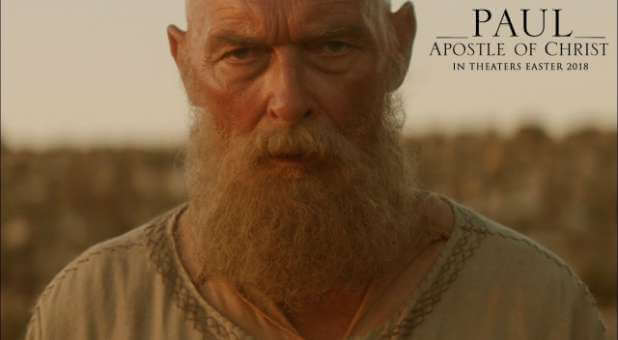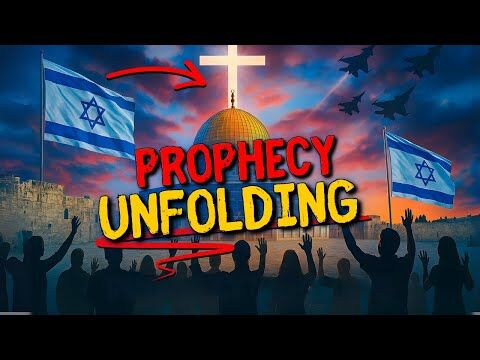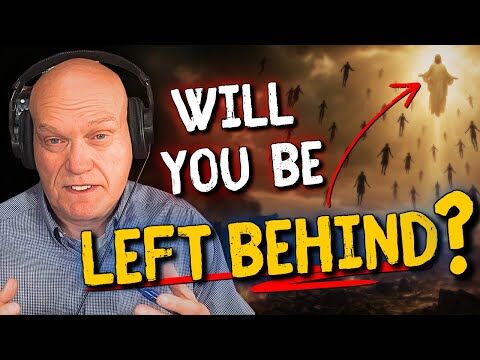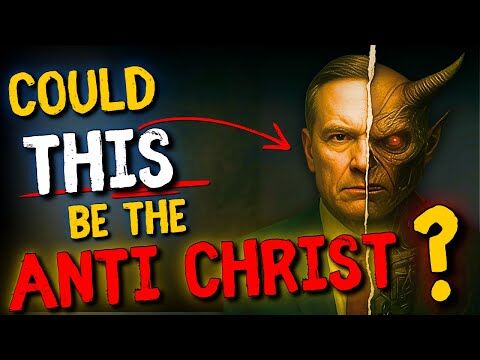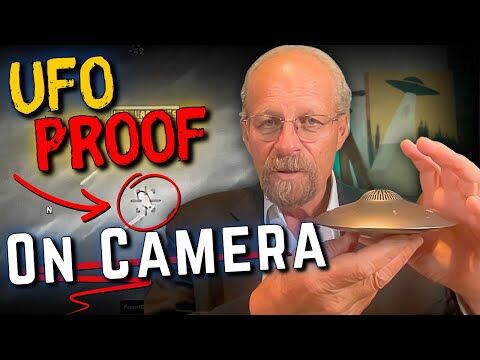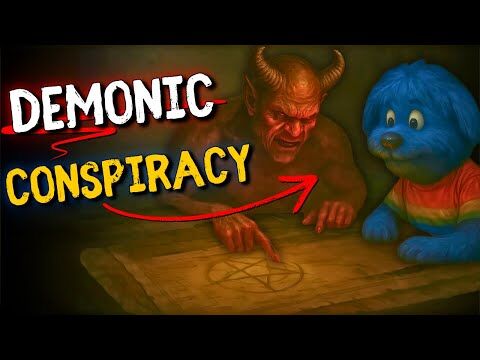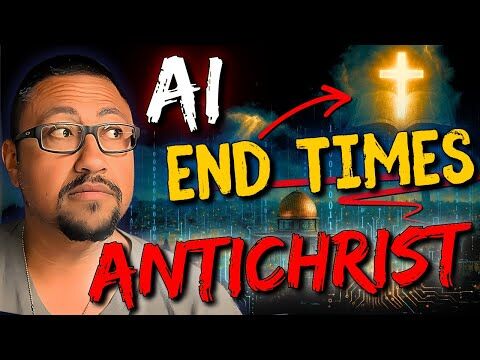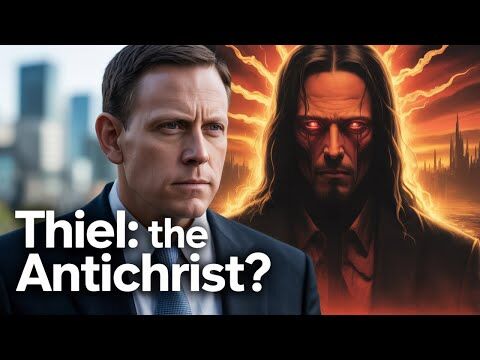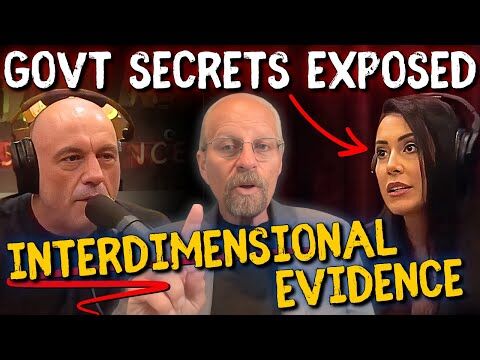Back in the old days, Hollywood gave us big-screen Bible epics every year around Easter. Ben-Hur, The Robe and The Greatest Story Ever Told offered chariot races, clashing swords, sweeping musical scores and colorful Roman costumes—along with some overacting and cheesy religious sentimentality.
But the new film Paul, Apostle of Christ, which opened last weekend, isn’t trying to be epic or colorful. It’s a dark, gritty portrait of the early church and its most influential leader. Best of all, it’s true to Scripture without being religious or preachy.
Set in Rome in the year A.D. 67, Paul focuses on the apostle’s last months before his execution. Emperor Nero is burning Christians alive or feeding them to lions, but Paul (James Faulkner) is languishing in a prison cell. He misses his spiritual son, Timothy. He is weary and in need of medical attention. And he is haunted by memories of the Christians he persecuted before his own conversion.
Luke, the physician and gospel writer (Jim Caviezel, who played Jesus in The Passion of the Christ), visits Paul to get the final material he needs to write the Book of Acts. Meanwhile, the local Christian community, led by Aquila and Priscilla, are struggling to live out their faith when it seems they may all end up dead.
You’ll be disappointed if you watch this film expecting dazzling CGI effects (there are none), swordplay (only in one scene) or an evil Nero (the tyrannical emperor is never shown.) There are no gladiators; the costumes are drab; and Nero’s gruesome executions happen mostly off-screen. Sadly, that means modern moviegoers with short attentions spans will probably yawn through a lot of the movie.
Yet Paul is a thoughtful film that shows us how fragile the early church was in its infancy, and how our spiritual ancestors suffered to pass on the gospel to us. It shows how the brave apostle must have felt when he “finished the race,” and how he reflected the character of Jesus even though he never walked with Him.
I wish the director had included Paul’s adventures in Ephesus, Corinth and Athens for the sake of people who don’t know his story. After all, this is the guy who survived a stoning, numerous beatings and a shipwreck. This is also the guy who struck a false prophet blind, cast a demon out of a slave girl and raised a dead boy to life. The historical Paul actually had superhero qualities, but this film focuses more on the last year of his life when he knew he would be executed.
The movie does show, in flashbacks, Paul’s encounter with the resurrected Christ on the road to Damascus. But while the apostle’s superhero actions are ignored, Paul does offer a complex portrait of two men who wrote most of the New Testament. At one point Luke tells Paul: “I have never met Christ, but I have seen him in you.” When the apostle speaks about grace or faith or his own weakness, we realize he lived the epistles he wrote for us.
Paul was truly a walking miracle. He had violently opposed the gospel when he was a Pharisee, yet after he met the Savior in that blinding moment of conversion he became the brightest human beacon of truth to ever live. He did not spend three years with Jesus like the first disciples, yet he spent three years in the desert of Arabia being taught by the resurrected Lord.
Paul was produced by Affirm Films, the branch of Sony Pictures that gave us other faith-based films like Soul Surfer, Risen and Heaven Is for Real. It’s obvious director Andrew Hyatt aimed to create a movie that would appeal to a wider secular audience while pleasing Christians who expect the message to stay true to the Bible.
In one of the final scenes of Paul, Apostle of Christ, Paul gives Luke a letter for his successor, Timothy, and some of the believers make copies of the Book of Acts to be distributed to Christians for their encouragement. It reminds us that even though the church seemed weak in those first dark years, their faith withstood the cruelest punishments, and the gospel overcame Roman tyranny.
The film is a jolting reminder that the early church didn’t look victorious. It was a seed that had to die in the ground. Early Christians didn’t gather in comfortable megachurches—instead, they were tied to poles, covered with fuel and lit on fire.
The early church offered a faithful witness of Christ’s love to an evil world. And Paul, who had suffered as much as any of them, was faithful to the end—knowing that even a Roman sword could not separate him from the love of God.
Paul, Apostle of Christ is rated PG-13 because of some disturbing images of execution.

